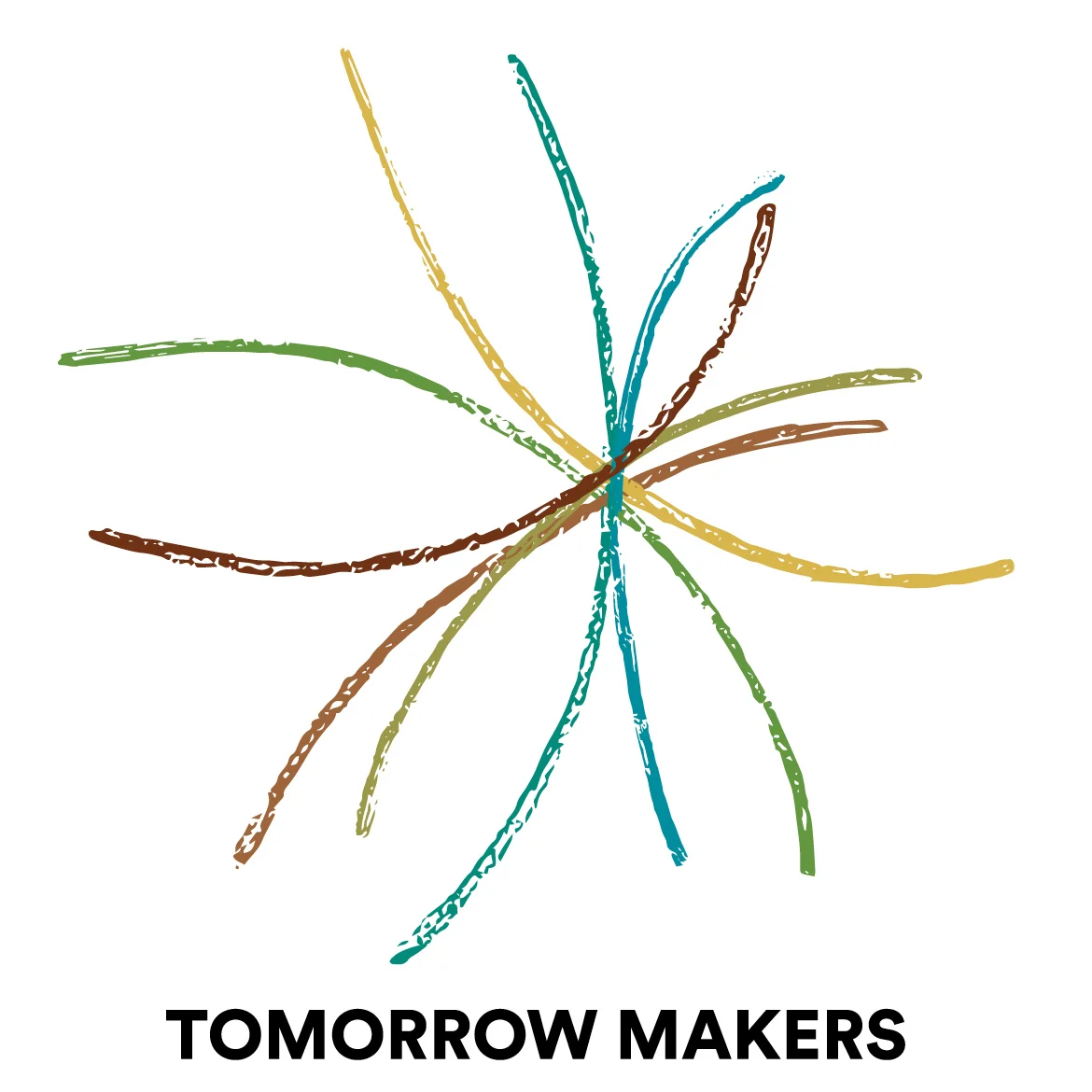Hive Minds: Time to drop the fiction of individuality
/For instance, in one experiment aimed at promoting more healthy behaviour we compared the strategy of giving participants cash when they improved their behaviour to the strategy of giving cash to the participants' buddies. We found giving buddies the reward was more than four times as effective as giving rewards directly to the participants. Similar social network incentives have yielded even more dramatic results when used to encourage energy savings and voting.
http://www.newscientist.com/article/mg22229630.300-hive-minds-time-to-drop-the-fiction-of-individuality.html
As a teacher in training during the 60's neither the quote at the top or most of the bullet points below were ever mentioned. I learned that individuals were competitive, not cooperative and that mostly education was a remote, mechanistic necessary happening. Feelings, empathy, sharing, and co-operation were things to be pounded into young minds. There was also a lot of competitive "dog eat dog" thinking. Teachers' search images were tuned to see this very limited understanding of human nature and young minds.
Today, thank goodness, we are learning how naive we were in our understanding of human nature and young minds at play and work. In my own teaching when I was at my best, I learned through observation how often children proved these limited theories wrong. When I changed my expectations, and expected different behaviour, I learned how easy it was to inspire and challenge them. They naturally fell into working together, learning together.
From our Redesigning the Future Proposal, 1972
- Learning is a lifelong experience that begins at birth and never ends.
- There is a direct relationship between self image and learning.
- Environments affect learning. Learning is optimized in creative, trusting environments that provide experience, exploration, risk-taking, and mastery.
- Learning is an interdependent process involving cooperation and collaboration.
- Learning involves the engagement of body, mind and spirit.
- An individual's potential for learning is unknown; without high expectations this potential may never be realized. People excel when they experience high expectations and appropriate challenge.
- Peak performance is driven by vision and a hunger for a "preferred" state.
- Learning is a multi-modal, multi-sensory, multi-intelligences experience.
- Each individual is responsible for his/her learning and for contributing to the learning of others.
- Education is not the same thing as training. To educate means "to lead forward" and thus to guide an open-ended process, characterized by self-conscious and discretionary activity. To train means "to draw or drag behind" and refers to a closed process of making things habitual or automatic. Learning requires both education and training.
- Learning happens at different rates for each individual; it can be facilitated but not forced, as it occurs when the individual is ready.
- Learning is best achieved by defining the learning process as a system and continually taking action to optimize the performance of that system.
- By establishing a system which both exemplifies and expects responsibility from each individual, and which embeds life-long learning into every segment of society, full and healthy employment will result.
I can remember, in 1980, doing an early version of our Backcasting module. We asked people to find a "write-on panel" and answer questions about how they solved a problem. About 15 minutes into the exercise, one of the male participants started crying. He was standing at the wall, with one hand behind his back as he had been taught to do in school, writing and drawing away with tears in his eyes. He said to me, "I only remember the black board (now a white wall) as punishment where we had to go before everyone and be right in our answer. Here I am pouring forth all kinds of ideas and I will be rewarded for them!". As adults, we need processes and environments that helps us re-member our natural tendencies to play, and work with each to make better worlds.
I use this list as a barometer and I check it all the time. How am I facilitating what it really means to be human? And how do we as transition managers help minds of all ages step into their potential?
Enjoy these links. They challenge me to consider new possibilities and let go of old assumptions.
http://www.ted.com/talks/sugata_mitra_shows_how_kids_teach_themselves
http://www.nytimes.com/2013/11/16/world/europe/in-france-new-tech-academy-defies-conventional-wisdom.html?pagewanted=all&_r=0
http://petervan.wordpress.com/2014/06/29/principles-for-open-innovation-and-open-leadingship/



